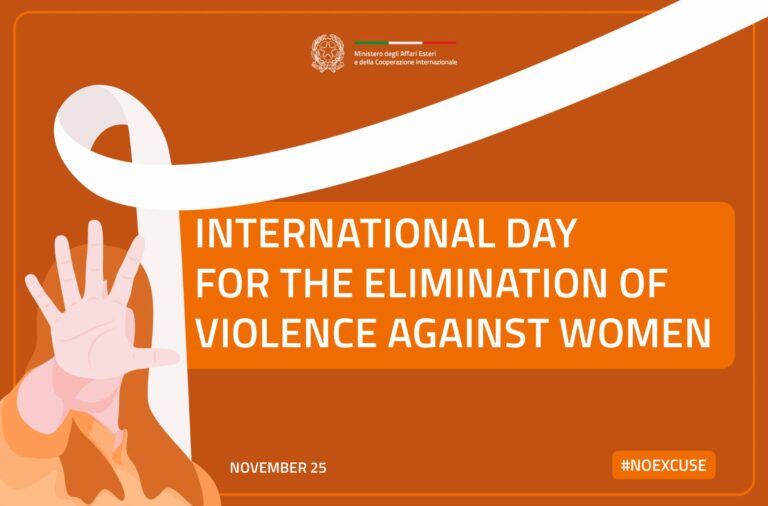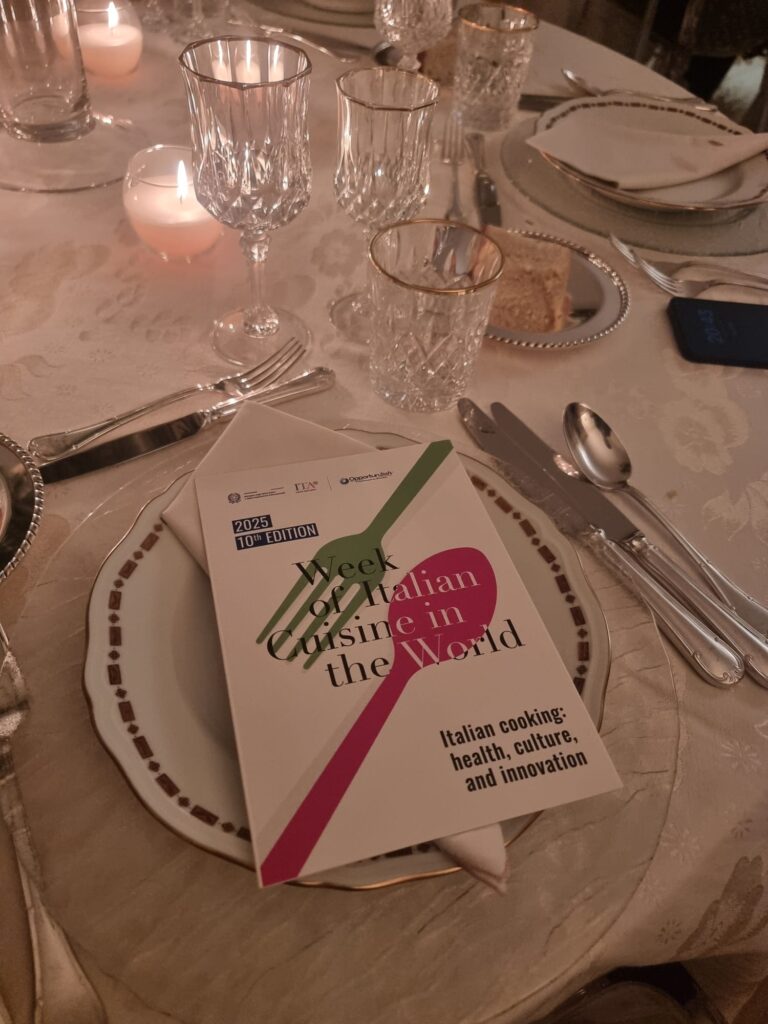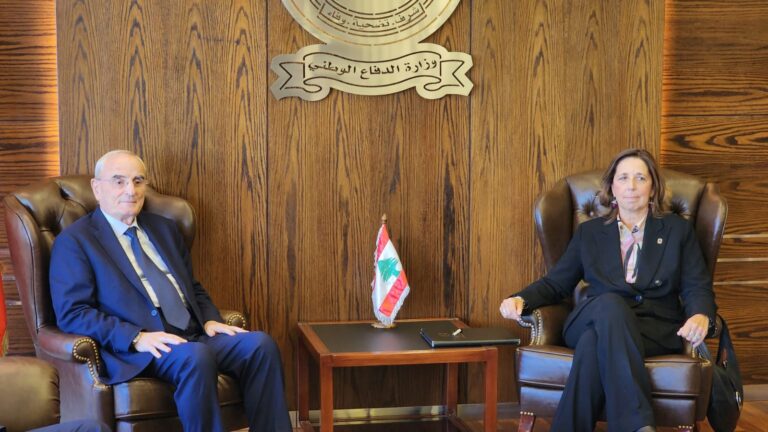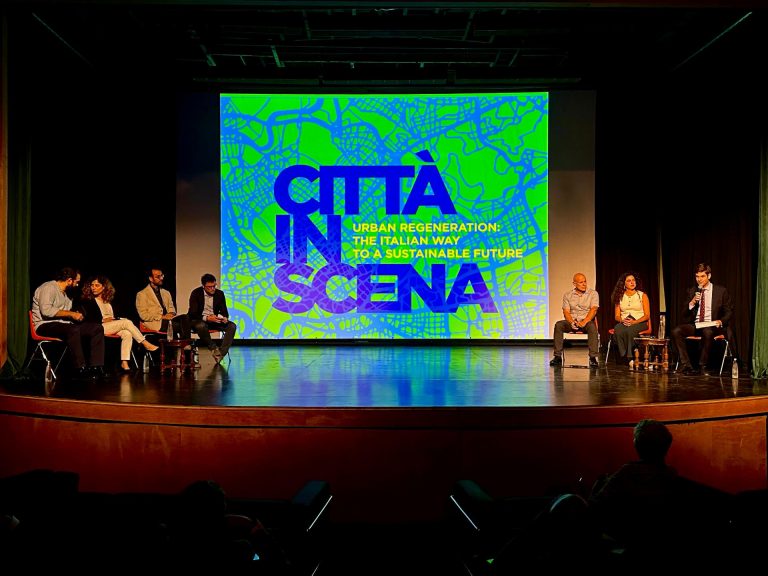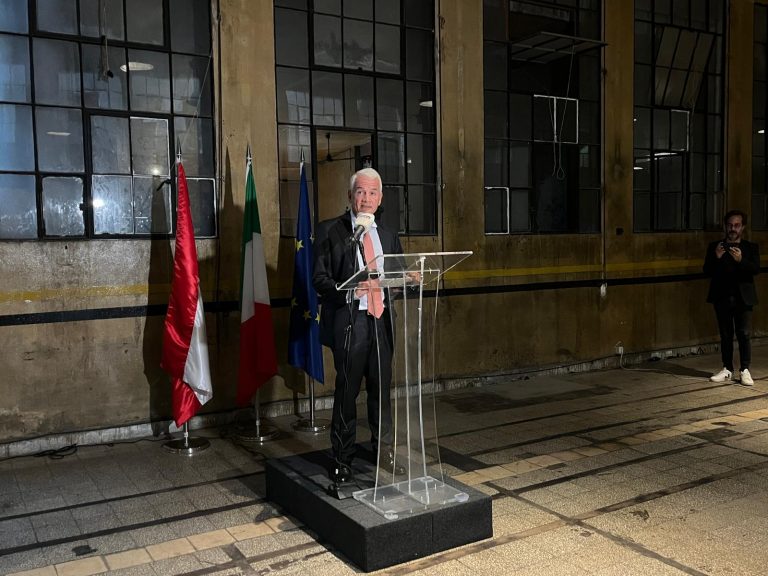On the 4th of August 2020, the devastating Beirut’s port blast resulted in several deaths and injuries and inflicted a terrible wound to the social, urban, and cultural heritage of the city.
In the aftermaths, the Italian Government committed to working on the reconstruction of the areas affected by the explosion. Several projects were envisaged, including social housing in Mar Mikhail area as well as the restoration of the Sursock Museum.
Well aware of the crucial role historically played by the Sursock Museum in the Lebanese artistic and cultural scene, the Italian Government partnered up with UNESCO. €1 million funding from the Italian Agency for Development Cooperation (AICS) was provided under “LiBeirut”, the largest investment by one single donor for UNESCO’s flaghship initiative in the field of cultural heritage.
With the reopening of the Museum, a milestone has been achieved in the path towards handing over to the city a vibrant space for cultural life.
Speaking during the inauguration ceremony, the Italian Ambassador, Nicoletta Bombardiere, said: “Our engagement in the preservation of cultural heritage has traditionally been a cornerstone of our partnership with Lebanon. There is a continuum in our commitment in protecting the rich and diversified Lebanese heritage. Inclusive access to culture should be considered a right for everyone. As well as an obligation for governments to promote it. Protecting and promoting the cultural heritage can be the drive of sustainable development, while reinforcing the identity of a nation.”
Italian funds have been invested to complete necessary works related to lighting systems for the exhibition galleries, replacement of internal partitions, restoration of fire doors, glass walls and ancillary equipment, painting, waterproofing and lighting of the facade and the landscaping, in addition to the installation of electromechanical systems and solar energy panels to ensure green and sustainable energy consumption.




